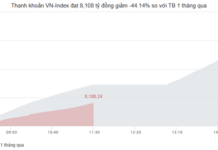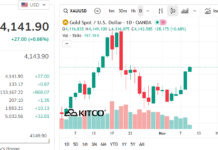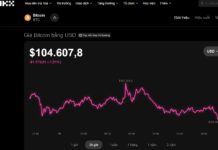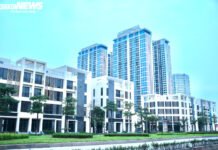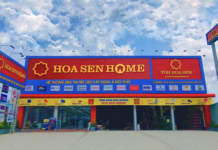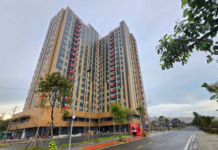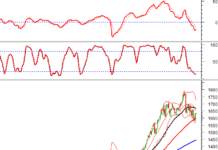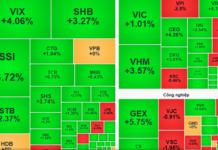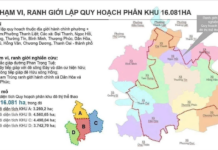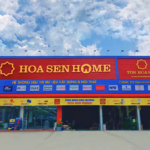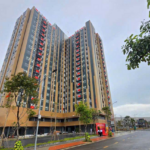Luxury Apartments Surge Ahead – Market Reaches New Heights in Value
Over the past five years, the total supply of luxury apartments in Hanoi has fluctuated between 1,000 and 1,500 units, primarily concentrated in central districts like Hoan Kiem, Tay Ho, and Cau Giay. Meanwhile, the southern region has been notably absent from the map of high-end real estate development, a paradox given its vast land reserves and strong growth potential.
A report by the Vietnam Association of Realtors (VARS) reveals that in the first nine months of 2025, Hanoi’s real estate market recorded an absorption rate of nearly 70%, equivalent to approximately 60,000 transactions, doubling the figure from the same period last year. In Q3 alone, Savills Hanoi reported the launch of 6,300 new apartments, bringing the total supply to over 20,000 units—the highest in five years.
Prices have also consistently reached new peaks. According to the Ministry of Construction, the average primary sale price of apartments in Hanoi in Q3/2025 was 95 million VND/m², with over 43% of new supply priced above 120 million VND/m². Premium projects in Cau Giay, Long Bien, and Tay Ho have reached 200–300 million VND/m², while ultra-luxury units in Hoan Kiem have hit 800 million VND/m²—a figure once deemed “unattainable” just a few years ago.
The value of the luxury segment stems not only from its prime locations but also from a new lifestyle trend, where buyers seek sophistication, privacy, and exceptional amenities.
A Notable Gap in Southern Hanoi
In contrast to the vibrancy of the central and western areas, Southern Hanoi remains relatively quiet. Over the past two years, the market has seen virtually no large-scale high-end projects launched, making this region the “missing piece” in the capital’s development puzzle.
Experts cite three main reasons for the slow growth of luxury projects in the south: limited clean land due to existing residential and industrial zoning; rising input costs, including land, materials, and financing; and stringent urban planning requirements that prolong project approvals.
However, this “gap” presents a significant opportunity. The south is benefiting from major infrastructure projects such as the Ring Road 2.5, Phase 2 of Vinh Tuy Bridge, and the extended Metro Line 2A. Once completed, these will seamlessly connect the inner city with areas east and south of the Red River, laying the foundation for modern, civilized urban developments.
Investors predict that the south could become a “reverse low-value area,” where real estate values are redefined in a sustainable and distinctive manner.
Amid the market’s thirst for high-end living spaces in Southern Hanoi, MEYGROUP, a member of the Tan A Dai Thanh Group, is set to launch its second real estate product, following the success of the Galia Hanoi luxury apartment project.

Galia Hanoi is a luxury apartment complex located in Yen So Ward, Hanoi.
Galia Hanoi exemplifies MEYGROUP’s “pure real estate” development philosophy. The project was warmly received upon launch and has been awarded the EDGE green certification, recognizing MEYGROUP’s dedication to long-term sustainable urban development, balancing technical, environmental, and lifestyle values.
From “Low-Value Area” to New Urban Hub
Hanoi’s real estate landscape is entering a restructuring phase, with the southern region seen as an “open variable.” The lack of high-end supply is not a sign of stagnation but rather a prelude to a new era of growth, where infrastructure, planning, and vision are converging.
Pioneering projects like Galia not only add quality supply to the market but also set a new standard for sustainable, humane, and distinctive development in Southern Hanoi.
As these values take shape, the south will no longer be a “forgotten low-value area” but will emerge as a new growth pole, symbolizing the shift of luxury real estate toward the southern part of the capital.





